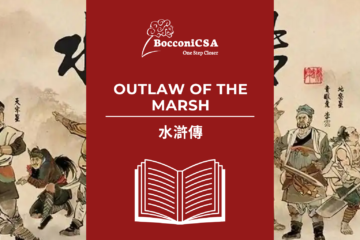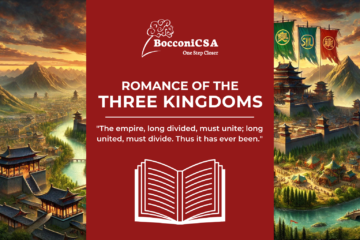Inner Mongolia ( 内蒙古; Nèi Měnggǔ) is one of the 5 autonomous regions of the People’s Republic of China, together with Guangxi, Ningxia, Tibet (Xizang) and Xinjiang. It is located in the North of China and most of its international border is with Mongolia, which, in Chinese, is sometimes called, “Outer Mongolia”, while a small portion is with Russia. It also borders eight provincial-level divisions: Heilongjiang, Jilin, Liaoning, Hebei, Shanxi, Shaanxi, Ningxia, and Gansu.
Inner Mongolia is the third largest Chinese administrative subdivision and one of the most economically developed provinces in China.
The majority of the population in the region are Han Chinese, while Mongols are the second largest ethnic group with 5,000,000 people, the largest Mongolian population in the world (bigger than that in the country of Mongolia).
One of the most striking and maybe surprising differences between Mongolia and Inner Mongolia is the language. In Mongolia, the Mongol script was substituted by Cyrillic, whereas in Inner Mongolia the Chinese preserved the use of the Mongol script and it can be seen widely on anything from road signs to Chinese banknotes. Although the spoken language is still similar, the original Mongolian written script is seen much more widely in Inner Mongolia than Mongolia itself.
With almost one-third of China’s grassland and about one-fourth of its pasture area, Inner Mongolia has been traditionally renowned for its livestock. However it has become much more urbanized since the late 1990s. Its industry is based on the territory’s varied mineral wealth. It has an abundance of resources especially coal, cashmere, natural gas, and has more deposits of naturally occurring niobium, zirconium and beryllium than any other province-level region in China.
Another interesting resource is also located in Inner Mongolia: it’s the Jiuquan Satellite Launch Center, one of China’s space vehicle launch facilities. It was founded in 1958, making it the PRC’s first launch facility. More Chinese launches have occurred at Jiuquan than anywhere else.
Inner Mongolia’s culture bears the deep imprint of Tibetan Buddhist influence. Legends and songs occupy the leisure time of the night camp and its fireside circle, which form a major aspect of traditional Mongolian life.
Mongol singing is generally a gregarious activity, mostly taking place around campfires. The traditional long song (urtiin duu) style has been recognized as an “one of the Masterpieces of the Oral and Intangible Heritage of Humanity” by UNESCO in 2005.
Credits to: Chiara Tenneriello & Silvia Gramegna



0 Comments